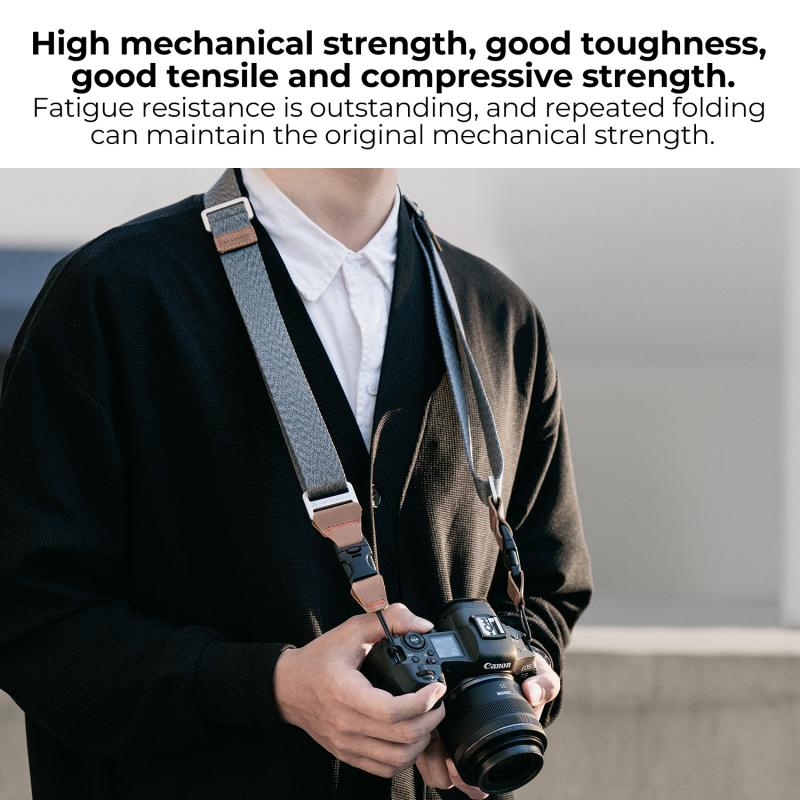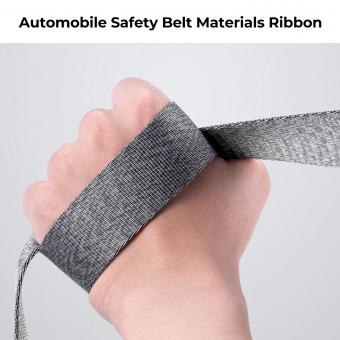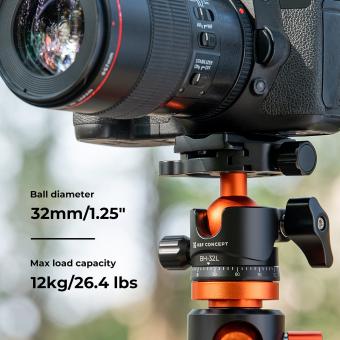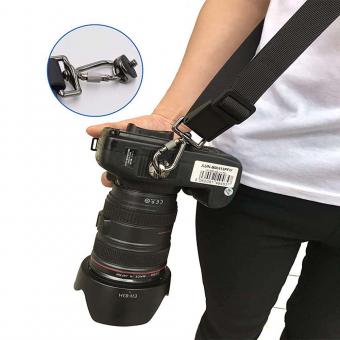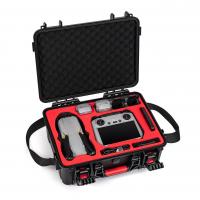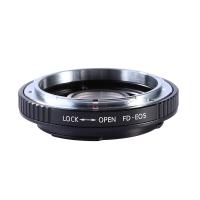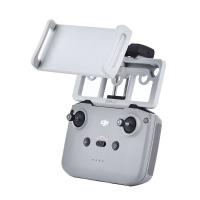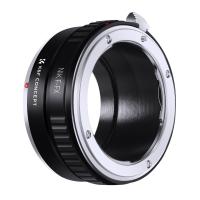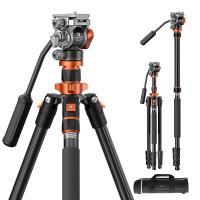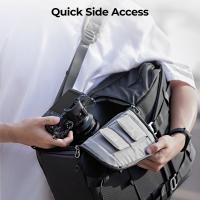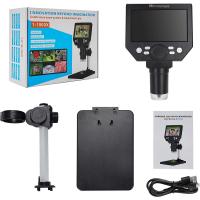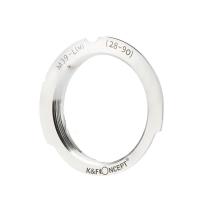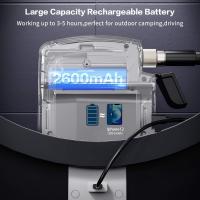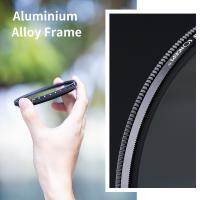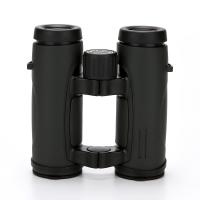How To Put Neck Strap On Camera ?
To put a neck strap on a camera, locate the two strap lugs on either side of the camera body. Thread one end of the strap through one of the lugs, ensuring that the strap is facing the correct way. Then, pull the strap through until there is an equal amount of strap on either side of the lug. Repeat the same process with the other end of the strap and the other lug. Once both ends of the strap are threaded through the lugs, adjust the length of the strap to your desired preference. Finally, secure the strap by tying a knot or using the provided strap connectors, if applicable.
1、 Looping the Neck Strap Through the Camera's Strap Lugs
Looping the Neck Strap Through the Camera's Strap Lugs
Attaching a neck strap to your camera is essential for ensuring its safety and convenience while shooting. One common method of securing a neck strap to a camera is by looping it through the camera's strap lugs. This method is widely used and offers a secure and reliable way to carry your camera.
To begin, locate the strap lugs on your camera. These are usually metal loops or rings located on either side of the camera body. Once you have identified the strap lugs, follow these steps:
1. Start by holding the camera with the lens facing downwards. This will prevent any accidental damage to the lens or camera body during the process.
2. Take one end of the neck strap and thread it through one of the strap lugs from the bottom up. Ensure that the strap is not twisted and lies flat against the camera body.
3. Pull the strap through until there is an equal length of strap on either side of the lug.
4. Repeat the process with the other end of the neck strap, threading it through the remaining strap lug.
5. Once both ends of the strap are threaded through the strap lugs, adjust the length of the strap to your desired comfort level. Ensure that the strap is not too loose or too tight, allowing you to comfortably carry the camera around your neck or shoulder.
It is important to note that some cameras may have additional attachment points or alternative methods of securing a neck strap. Always refer to your camera's user manual for specific instructions.
In recent years, there has been a rise in alternative camera strap systems, such as quick-release systems or sling-style straps. These systems offer different ways to attach and carry your camera, providing added convenience and flexibility. However, looping the neck strap through the camera's strap lugs remains a popular and reliable method for many photographers.
Remember, the primary purpose of a neck strap is to keep your camera secure and easily accessible while shooting. Whether you choose to loop the strap through the camera's strap lugs or explore alternative systems, it is crucial to ensure that your camera is safely attached at all times.
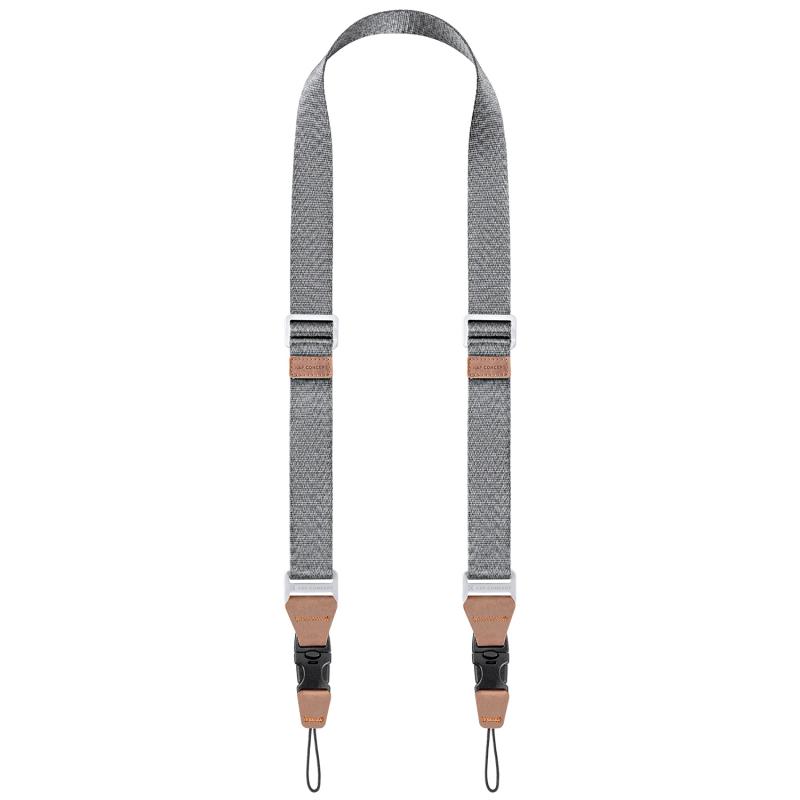
2、 Adjusting the Length of the Neck Strap
Adjusting the Length of the Neck Strap
To put a neck strap on your camera, follow these steps:
1. Locate the strap attachment points on your camera. These are usually metal loops or eyelets located on either side of the camera body.
2. Take one end of the neck strap and thread it through one of the attachment points. Make sure the strap is facing the right way, with the padded side facing outwards for comfort.
3. Pull the strap through until there is an equal amount of strap on either side of the attachment point.
4. Repeat the process with the other end of the strap, threading it through the second attachment point.
5. Once both ends of the strap are threaded through the attachment points, adjust the length to your desired preference. This can be done by sliding the strap through the attachment points or using any adjustment mechanisms provided by the strap manufacturer.
6. Ensure that the strap is securely attached to the camera by giving it a gentle tug. It should be snug but not too tight.
7. Finally, put the strap around your neck and adjust it so that the camera hangs comfortably at your preferred height.
It's worth noting that some cameras may have different attachment mechanisms or require specific straps designed for that particular model. Always refer to your camera's manual or consult the manufacturer's instructions for any specific guidelines.
Additionally, it's important to consider the weight of your camera and lens combination when adjusting the length of the neck strap. If you have a heavier setup, you may want to adjust the strap to a shorter length to ensure better stability and reduce strain on your neck and shoulders.
Overall, properly adjusting the length of your neck strap is crucial for comfort and ease of use while carrying your camera.
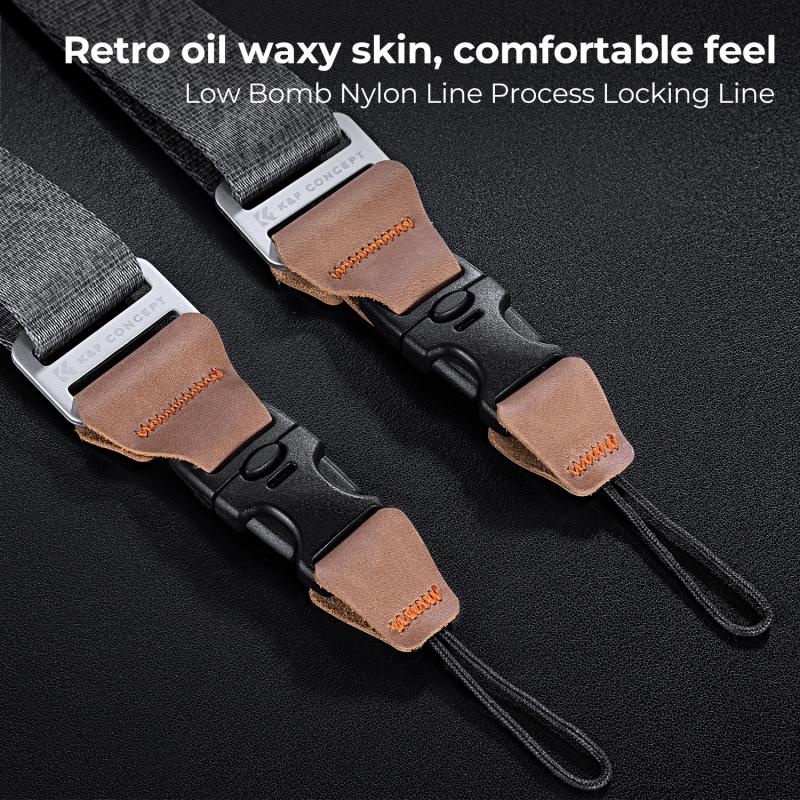
3、 Attaching the Neck Strap to the Camera's Eyelets
Attaching the Neck Strap to the Camera's Eyelets
To put a neck strap on your camera, you will need to attach it to the camera's eyelets. This process is relatively simple and can be done in a few easy steps. Here's how you can do it:
1. Locate the camera's eyelets: The eyelets are small metal loops usually located on either side of the camera body. They are specifically designed to attach a neck strap.
2. Thread the strap through the eyelets: Take one end of the neck strap and thread it through one of the eyelets. Make sure the strap is facing the right way, with the padded side against your neck.
3. Secure the strap: Once the strap is threaded through the eyelet, pull it through until there is an equal amount of strap on both sides of the camera. Then, tie a secure knot to prevent the strap from slipping out.
4. Repeat on the other side: Repeat the same process on the other side of the camera, threading the strap through the second eyelet and tying a secure knot.
5. Adjust the length: Once both ends of the strap are securely attached, you can adjust the length to your preference. Ensure that the camera hangs comfortably around your neck or across your body.
It's worth noting that some cameras may have different types of eyelets or attachment points. In such cases, refer to the camera's user manual for specific instructions on how to attach the neck strap.
Remember, attaching a neck strap to your camera is essential for added security and convenience while shooting. It helps prevent accidental drops and allows you to have your camera easily accessible at all times.
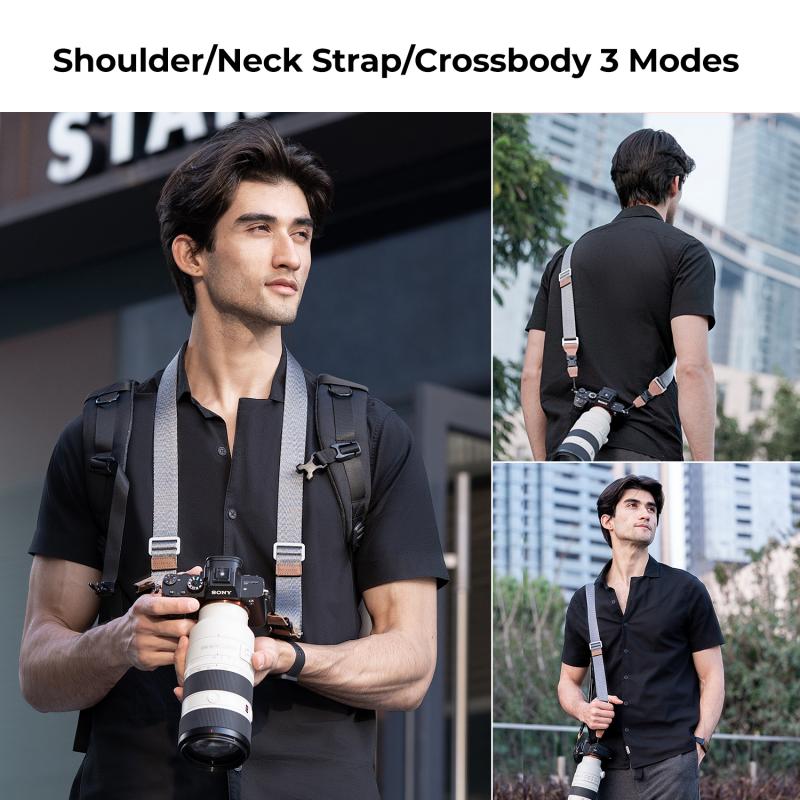
4、 Securing the Neck Strap for Comfort and Safety
Securing the Neck Strap for Comfort and Safety
Putting a neck strap on your camera is essential for both comfort and safety. It allows you to carry your camera around your neck, keeping it easily accessible while also preventing accidental drops. Here is a step-by-step guide on how to put a neck strap on your camera:
1. Locate the strap attachment points on your camera: Most cameras have two attachment points, one on each side. These points are usually metal loops or small rings.
2. Thread the strap through the attachment points: Start by inserting one end of the strap through the left attachment point, from the bottom up. Then, thread the other end through the right attachment point, also from the bottom up. Make sure the strap is not twisted.
3. Adjust the length of the strap: Hold the camera at the desired height and adjust the length of the strap accordingly. It's important to find a comfortable length that allows you to easily bring the camera up to your eye level without straining your neck.
4. Secure the strap: Once you have adjusted the length, secure the strap by tying a knot or using the provided buckle or clip. Ensure that the knot is tight and secure, but not too tight that it restricts movement.
5. Test the strap: Before using the camera, give the strap a gentle tug to ensure it is securely attached. It's always a good idea to double-check the strap's tightness before each use to prevent any accidents.
In addition to these steps, it's worth mentioning that there are alternative ways to secure a camera strap, such as using quick-release clips or using a wrist strap instead of a neck strap. These options provide different levels of comfort and convenience, so it's important to choose the one that suits your needs best.
Remember, properly securing the neck strap is crucial for both comfort and safety. By following these steps, you can ensure that your camera is securely attached and ready for use, allowing you to focus on capturing those perfect shots.
